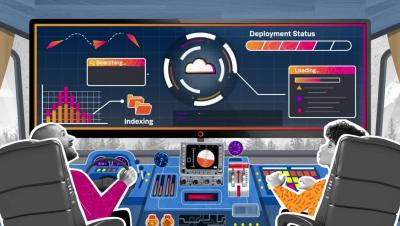The Incident Commander Role: Duties & Best Practices for ICs
Imagine that a critical incident — a major outage, cyberattack or disaster — occurs out of nowhere in your company. In such a case, you'll try to minimize the damage and get back to normal operations as quickly as possible. But how will you do that? You've no idea how to manage such incidents. This is where incident commanders come in. They're trained professionals who lead the response to critical incidents.











